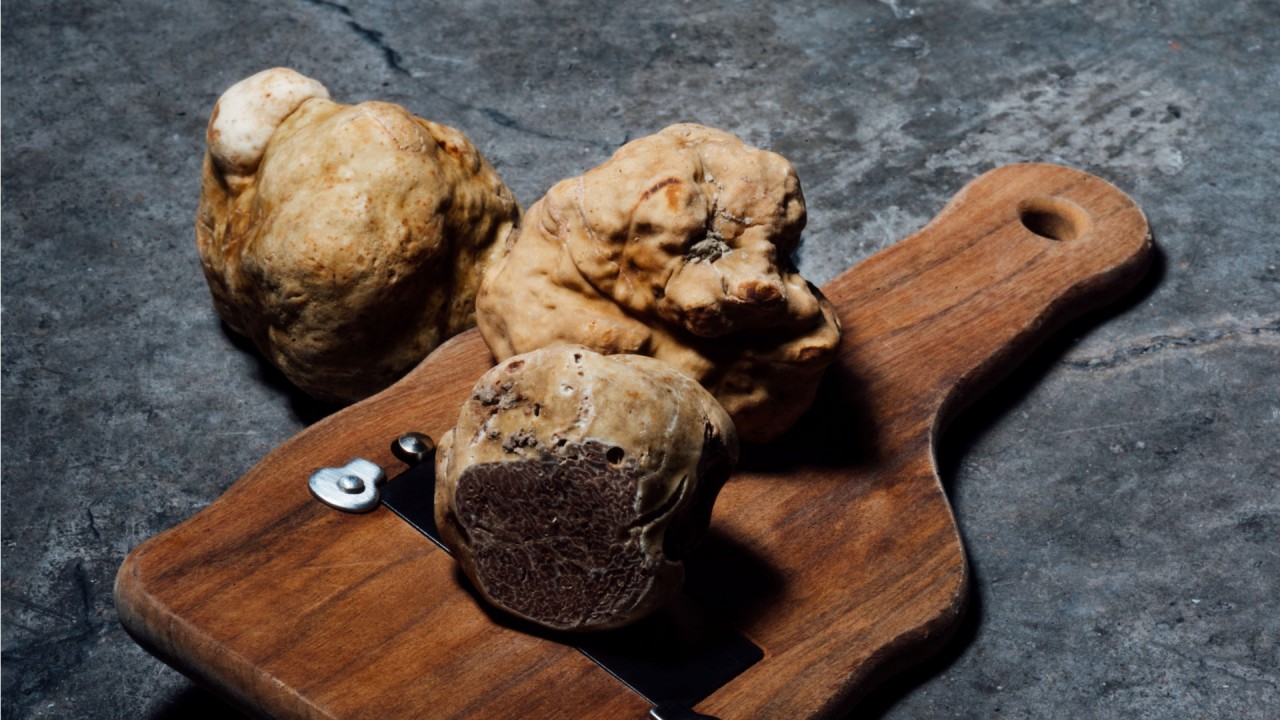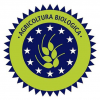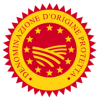
There are hundreds of truffle species in the world, far exceeding those we market. It is also not uncommon for new species to be discovered even now. As happened with Hysterangium bonobo, the truffle discovered in the diet of Congo bonobos by a researcher from Wales. In Italy, where there are about 25 types of truffles among the existing varieties, 9 are classified as edible on the basis of their organoleptic characteristics. In order to identify the types and regulate their collection as well as their cultivation, Law 752/1985 lays down the guidelines to which the Regions refer in order to draw up collection calendars and more precise directives based on the territory in question.
The law also states that the species can be examined visually or, in the event of doubt or dispute, by means of a microscopic examination of the spores carried out 'by the Sant'Angelo in Vado experimental truffle-growing centre of the Ministry of Agriculture and Forestry, or by the centre for the study of soil mycology of the National Research Council in Turin, or by the specialised laboratories of the faculties of agricultural or forestry sciences or natural sciences of the University, with written certification'.
The classification of black and white truffles is a simplification widely used in common language but very little specific in the description of the various types. In addition, some less common and lesser-known truffle types also fall generically into the black and white truffle category. More generally, however, when talking, reading or writing about black and white truffles, reference is made to the two most sought-after and prized categories: the prized white truffle (Tuber Magnatum Pico) and the prized black truffle (Tuber Melanosporum Vitt.). Which we therefore keep at a distance from the classification that follows.
A curiosity: in the scientific naming of truffles, acronyms are often used that correspond to the abbreviations of the surnames of the scholars who have worked on the truffles to classify them. In particular, the abbreviation Vitt. (or Vittad.), which is quite frequent, refers to the mycologist Carlo Vittadini, who lived between 1800 and 1865 and published the monograph Monographia Tuberacearum in which he described and illustrated 65 species of truffle, of which 51 were not yet known. While for the most famous prized white truffle, the specific name 'Pico' comes from Vittorio Pico, the Turin doctor who classified it as 'magnatum' in 1788.
In the brief summary below, the types of truffle are listed by harvesting period (which is different from the ripening period), starting with the first month of the year, as shown in the calendar of the National Truffle Research Centre.
Bianchetto Truffle
Tuber Albidum Pico or Tuber Borchii Vitt. Tuber Borchii Vitt.
It is vulgarly called Bianchetto or Marzuolo truffle. Its peridium is thin and smooth, whitish to red in colour, and its gleba is purplish-brown or reddish-brown with many veins. Its shape resembles that of a globe, rarely exceeding five centimetres in diameter. The scent is reminiscent of the colour of garlic. This species is very adaptable to different climates, which explains its spread throughout most of Europe, as well as in Italy. Harvesting is from mid-January to the end of April.
Summer truffle or scorzone
Tuber Aestivum Vitt.
It is vulgarly called summer truffle or scorzone. It has an irregular, warty, black peridium and yellowish to bronze gleba, with numerous light-coloured veins that disappear during cooking. It has a rather weak aroma and a rounded but irregular shape. It is an undemanding type in terms of climate and soil composition, so it grows in many areas, practically all over Europe and in some regions of North Africa and Turkey. Harvesting is from the beginning of June to the end of August.
Hooked Truffle
Tuber Uncinatum Chatin
Commonly known as the hooked truffle or black truffle of Fragno, from the name of a hamlet in Calestano, in the province of Parma, and known in France as truffe de Bourgogne or de Champagne. It belongs to the same family as the summer truffle or scorzone, but differs from it precisely because of the small hooks that have given it its common name. It has a black warty peridium and a hazelnut to chocolate-coloured gleba, with numerous light veins. Pleasant fragrance. Harvesting runs from September to the end of December.
Smooth black truffle
Tuber Macrosporum Vitt.
This is probably the least commercialised of the varieties mentioned and therefore the least well known. It is rather small in size and shares the collection areas with the white truffle, compared to which it is more resistant to drought. It has a smooth peridium with some tiny protrusions. It has a strong and very pleasant odour, which tends to be garlicky. It is harvested from September to the end of December.
Ordinary black truffle
Tuber Mesentericum Vitt.
Commonly known as the ordinary black truffle or Bagnoli truffle, from the town in the province of Avellino, it is typical of beech woods, especially in central and southern Italy. The peridium is black and rich in warts, but the real characteristic lies in the interior, where the veins of the gleba in the form of a labyrinth recall the intestine, hence the name "mesentericum", similar to intestine. These folds, however, disappear after cooking. The size is small, the smell pungent but weak. Harvesting is from September to the end of December.
Black winter truffle
Tuber Brumale Vitt.
The black winter truffle (or winter truffle or black trifle) looks very similar to the fine black truffle, although it is much less valuable. The peridium is black or dark brown with small warts, while inside the gleba is dark with lighter lines. It prefers deep soil and, unlike the other species, matures even in the presence of stagnant water and acidic soil. Harvesting, as its name suggests, takes place throughout the winter, from mid-December to mid-March. It shares the same period as the muscat truffle: both are among the last truffles to ripen during the calendar year.
Muscat truffle
Tuber brumale var. moschatum Ferry
Commonly known as the muscat truffle, it is a variety of the winter truffle (tuber brumale), which is distinguished by a stronger scent that also characterises its name and is reminiscent of musk, as well as a flavour with spicy notes. The peridium is black with small warts, as is the gleba, which has large white veins. The shape is small and irregular. Harvesting is from mid-December to mid-March.


























































































Leave a Comment